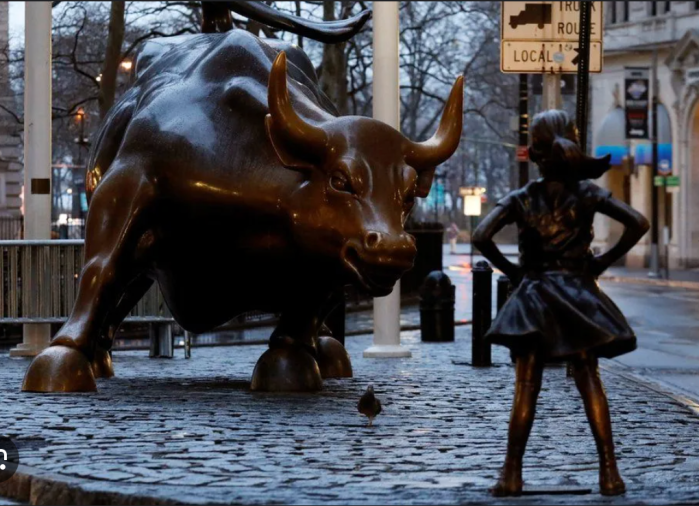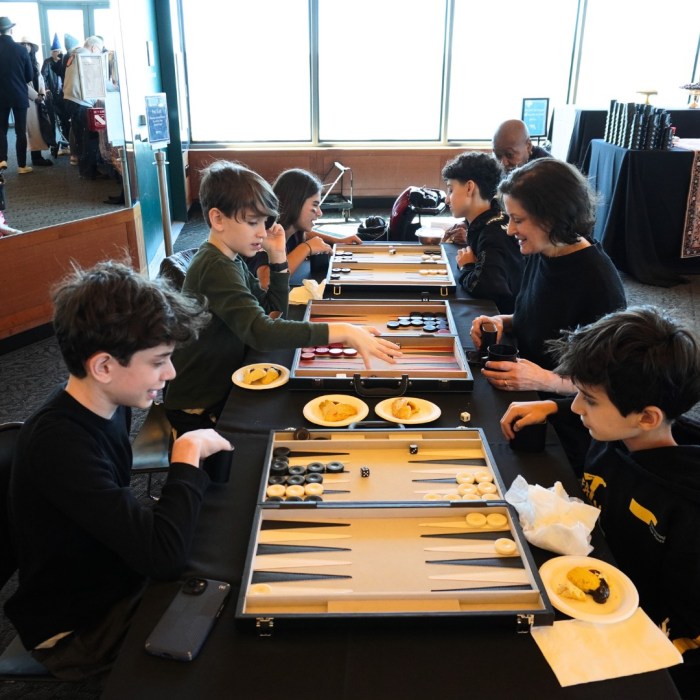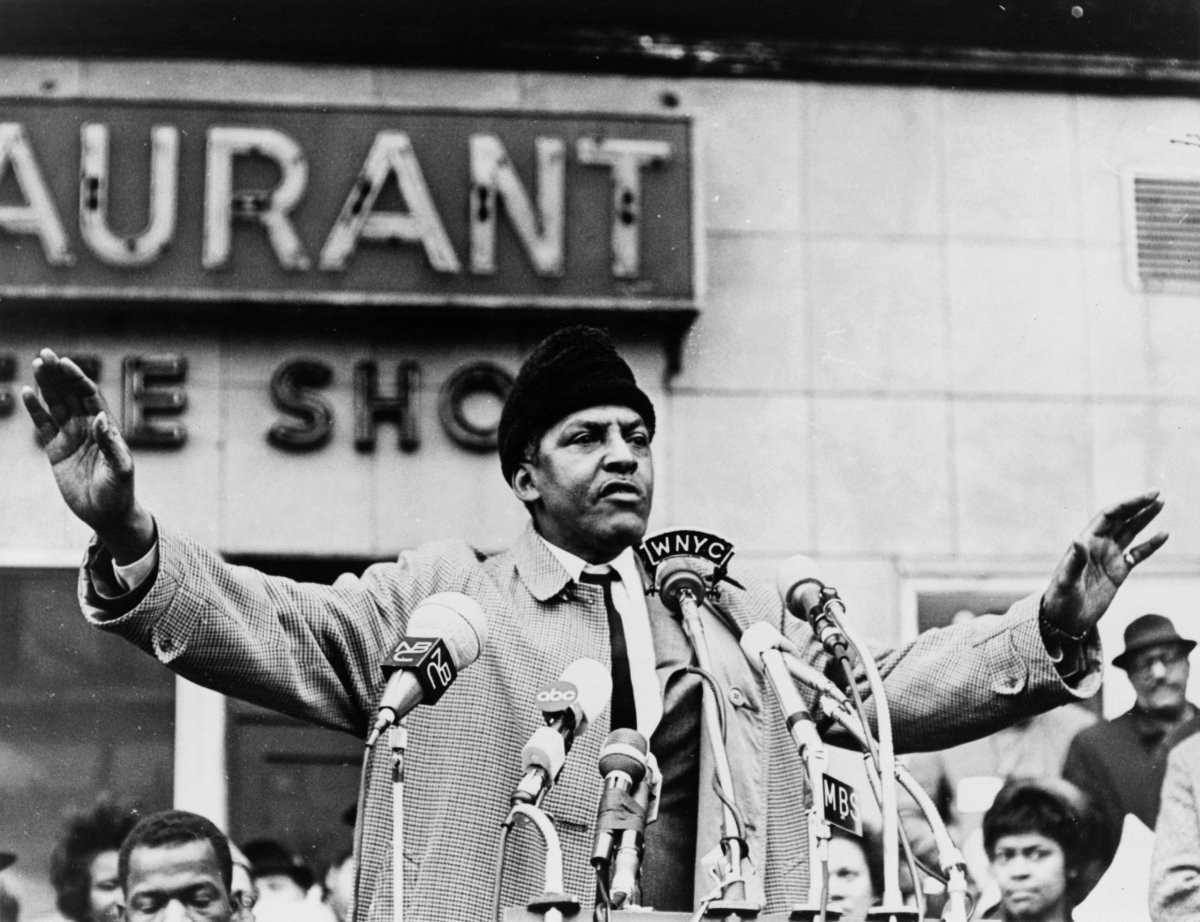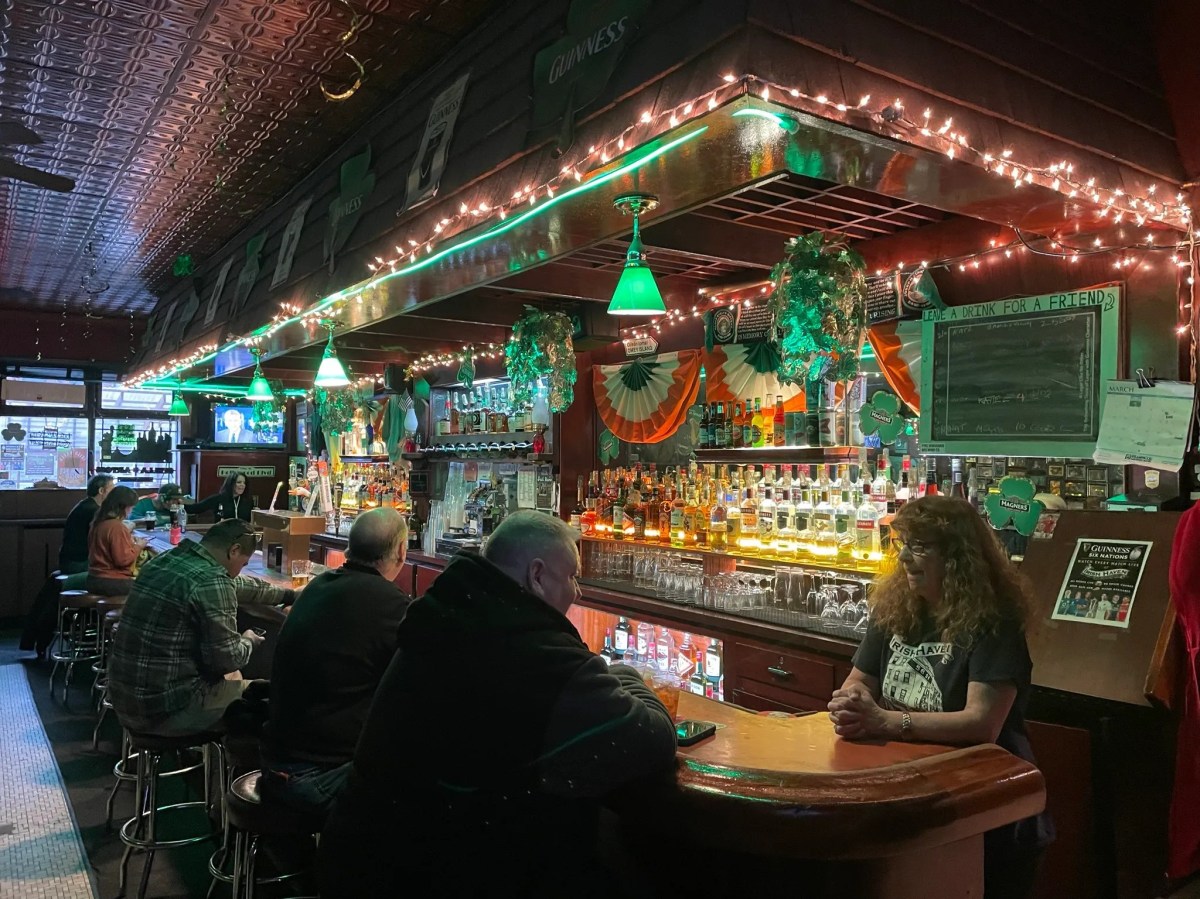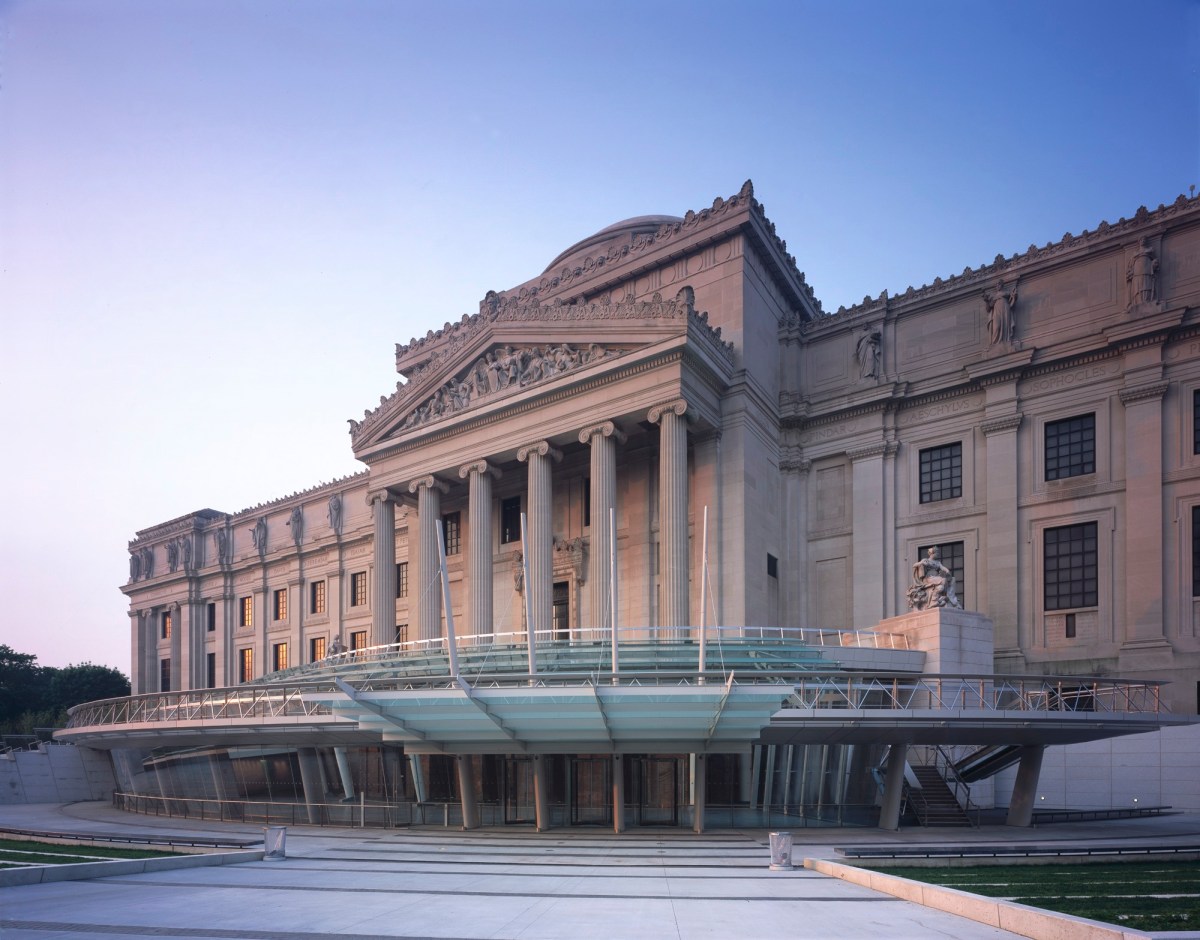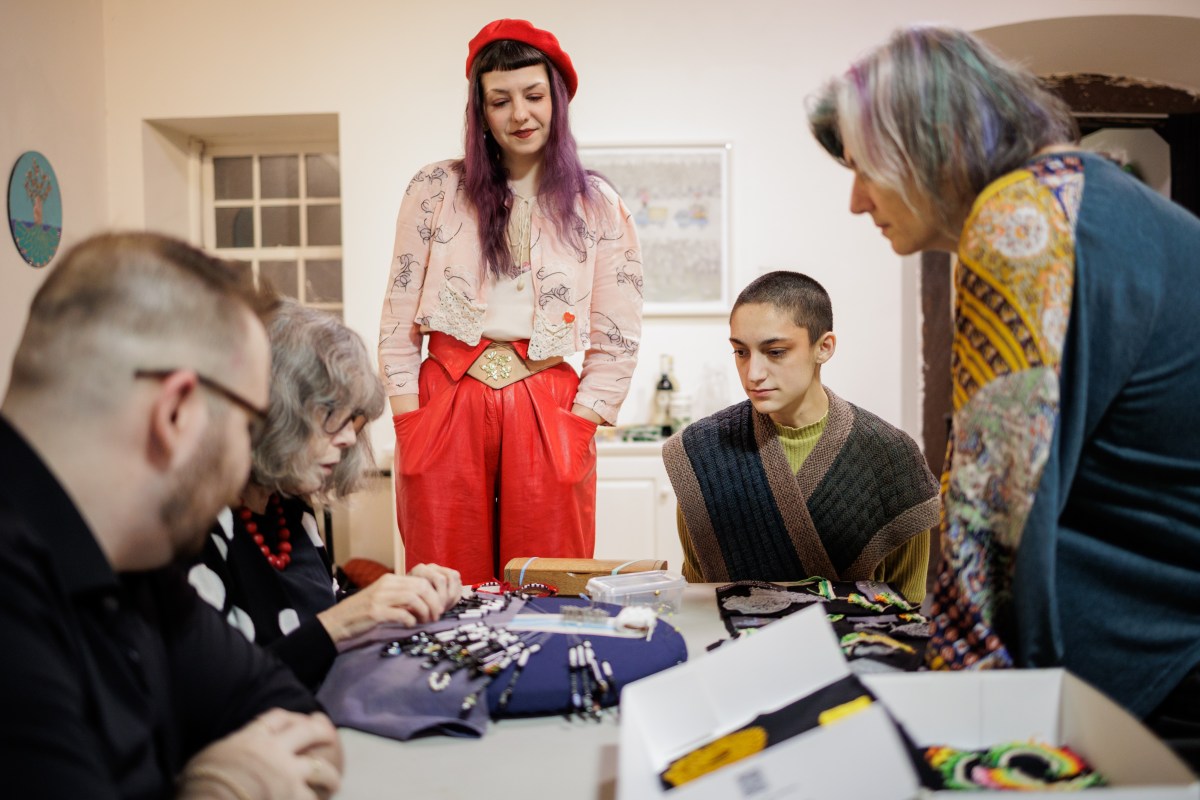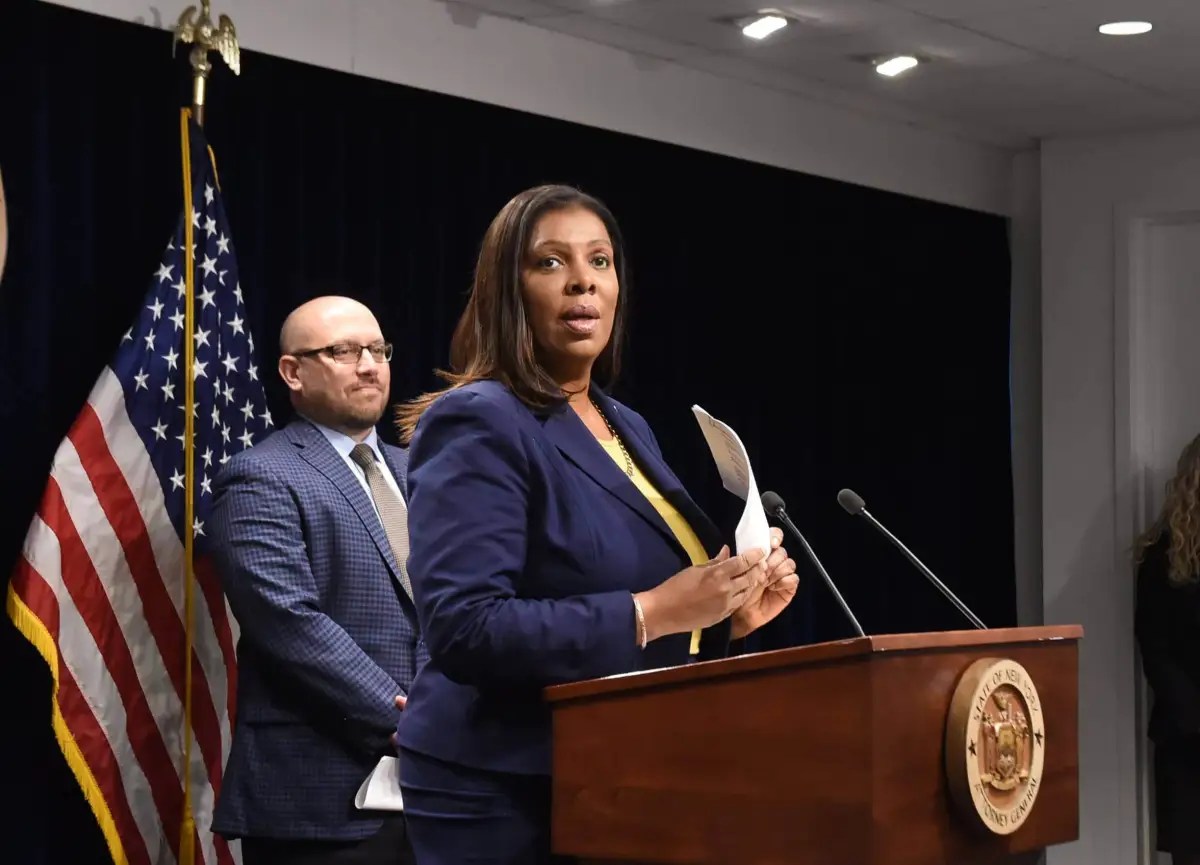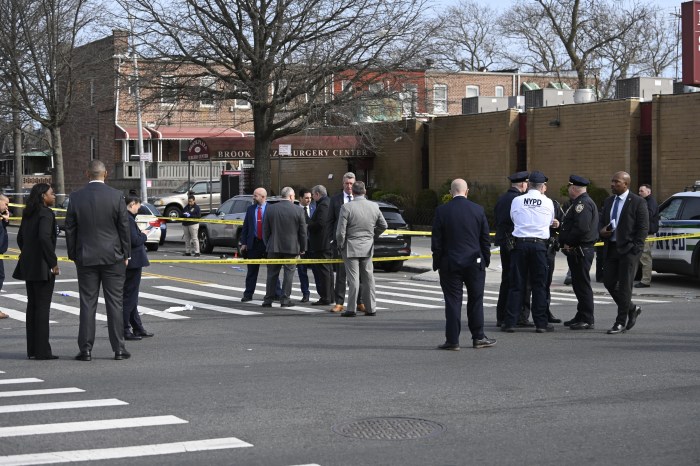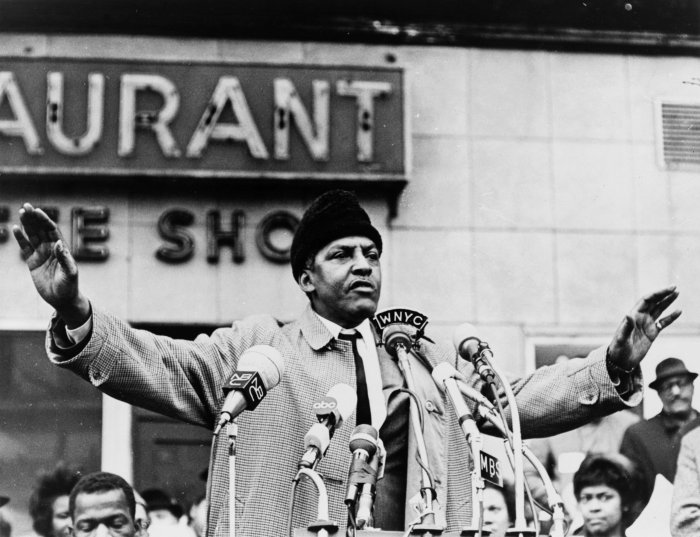By Albert Amateau
The Community Board 3 Landmarks Committee decided last week to continue efforts to have the Russian Orthodox Cathedral in the East Village designated as a city landmark and to help locate funding for the financially troubled church.
Built in 1891 as the Olivet Memorial Church of the New York City Mission Society, at 59 E. Second St., across from the New York City Marble Cemetery, the church was acquired in 1943 by the Orthodox Church of America and renamed the Cathedral of the Holy Virgin Protection.
Gregory Galterio, assistant warden of the cathedral parish council, told Landmarks Committee members on Jan. 15 that the parish council was opposed to the church’s designation by the city’s Landmarks Preservation Commission because of fears that L.P.C. standards would make repairs prohibitively expensive.
“Our boiler broke down last year and we spent between $60,000 and $70,000 on repairing it, but we have raised only half of it so far,” Galterio said later to illustrate the church’s financial straits.
The parish council had agreed with a developer last year about building an eight-story residential addition on top of the church to raise funds, Galterio said. But the City Council on Nov. 19 approved the East Village/Lower East Side rezoning, which limited the height of most new buildings to 80 feet, so the project fell through, Galterio explained.
In October, however, the Greenwich Village Society for Historic Preservation, along with the East Village Community Coalition, cited the application for an eight-story building permit and called on L.P.C. to expeditiously consider calendaring a landmark-designation hearing for the cathedral.
But L.P.C. and the church parish council signed a standstill agreement whereby the church agreed not to alter the building and the commission agreed not to calendar the proposed landmarking.
The standstill agreement expires in April, according to Richard Ropiak, chairperson of the C.B. 3 Landmarks Committee.
“We are asking the Landmarks Commission to extend the standstill agreement another six months to set up ways to preserve the building and help the church with its problems,” Ropiak said.
Andrew Berman, G.V.S.H.P. executive director, said last week that he has asked to meet with church leaders to talk about options for restoration of historic properties like the Russian Orthodox Cathedral.
Galterio, an attorney, said the church parish council would listen to anyone willing to help the church financially.
Private houses occupied the site in the 19th century when the New York City Mission Society turned the easternmost building into the Olivet Chapel in 1867. In 1891, C.J. Cady, who designed the original Metropolitan Opera House on 40th St. and Broadway and the W. 77th St. facade of the American Museum of Natural History, designed the new Olivet Memorial Church in the gothic style. Built of Kentucky limestone, it was completed the following year.
After the Orthodox Church of America acquired it in 1943, the interior was adorned with painted icons, most in the Byzantine style.







